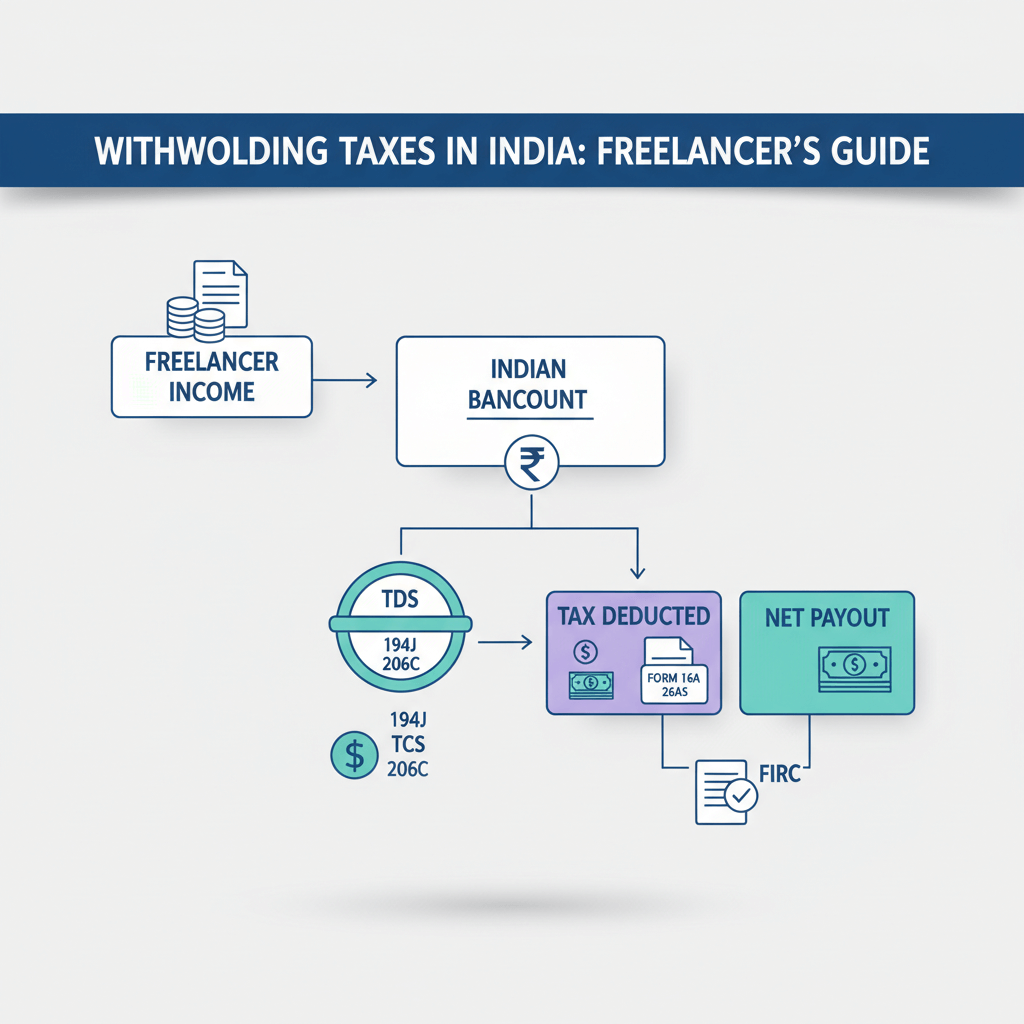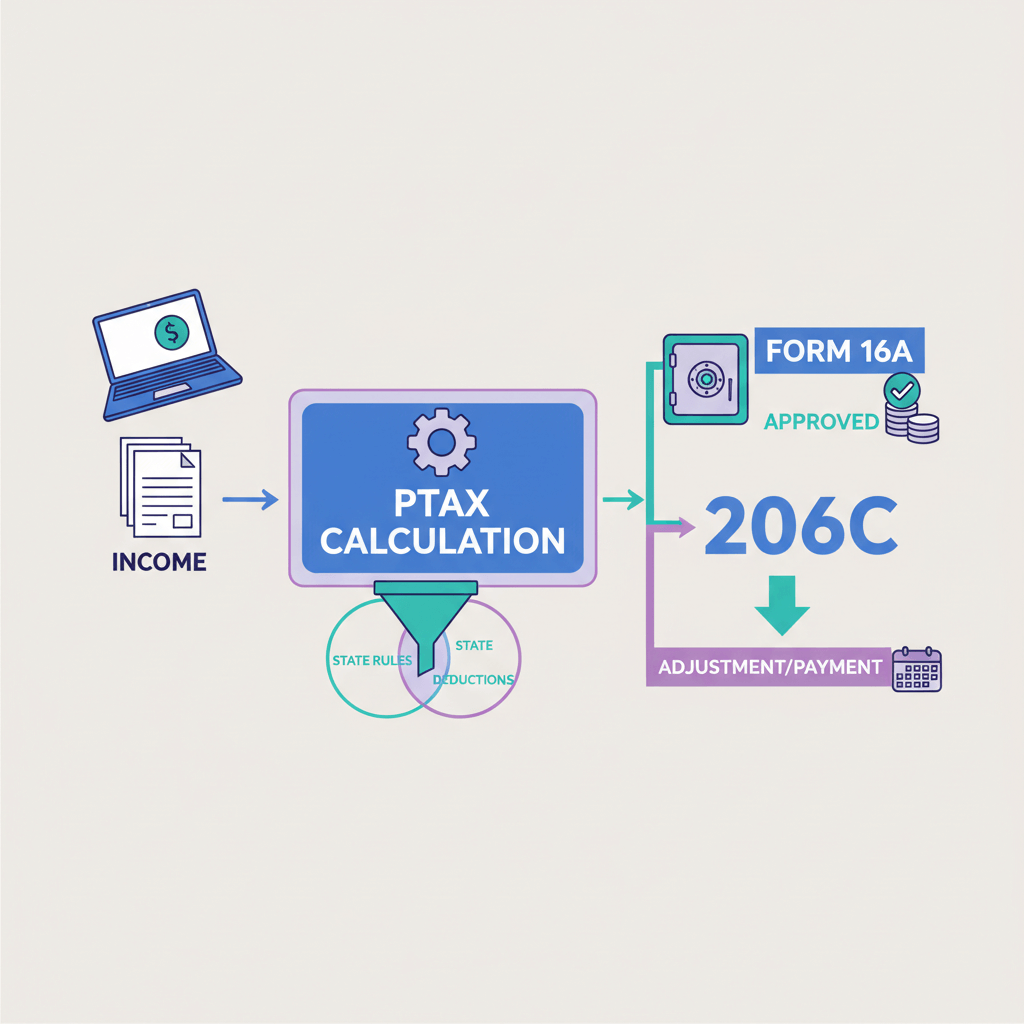What is an international remittance service?
Karbon forex is a classic example of an international remittance service. An international remittance service is a way to send money from one country to another. People might use it to send money to family members who live far away or to pay for things they need in another country.
Similarly, in the context of business outward remittance, when a business in India needs to send money to another country, it uses what's called an outward remittance service . This could be for various reasons like paying for imports, investing in foreign ventures, or even paying for services received from overseas. The business can do this through authorized banks or other financial institutions.
These outward remittances are crucial for businesses to expand globally, buy goods and services from other countries, or make investments abroad. For instance, if an Indian company wants to buy machinery from a manufacturer in Germany, it would need to send money to pay for those machines using an outward remittance service.
There have been instances in the past where the Reserve Bank of India (RBI) has implemented changes in regulations or restrictions on outward remittances that affected businesses.
One recent example occurred in 2020 when the RBI introduced new rules to tighten regulations on outward remittances under the Liberalised Remittance Scheme (LRS). But the LRS does not apply to business outward remittance from India. The LRS allows Indian residents to remit a certain amount of money abroad for various purposes, including investments, education, and travel, within specified limits.
How do I make international remittances?
How do banks make money from remittances?
The following are how the international remittance business thrives under a bank’s control for outward remittances from India.
- Transaction Fees: Banks typically charge fees for processing outward remittance transactions, which can range from ₹500 to ₹2,000 per transfer, depending on factors such as the transfer amount, destination country, and the chosen transfer method.
- Exchange Rate Margin: Banks often apply a margin to the exchange rate when converting Indian Rupees (INR) to foreign currency. For instance, if the market exchange rate is 1 USD = ₹75, the bank may offer a rate of 1 USD = ₹73.50, earning a margin of ₹1.50 per dollar transferred.
- Interest on Float: Suppose a bank temporarily holds ₹10 crore in outward remittance funds for an average of 5 days before completing the transfer. If the bank invests these funds in short-term securities yielding 6% annually, it could earn approximately ₹8,219 in interest over a year (₹10,00,00,000 * 6% * 5/365 days).
- Additional Services: Banks offer additional services to businesses making outward remittances, such as foreign exchange hedging. Fees for such services can range from 0.5% to 2% of the transaction amount. For example, a business remitting ₹50 lakh may pay a fee of ₹25,000 to ₹1,00,000 for currency hedging services.
- Partnerships and Correspondent Banking: Banks may have partnerships with international financial institutions to facilitate outward remittances. In such partnerships, banks might share revenue, with fees ranging from 1% to 3% of the transaction amount. For instance, if a bank earns ₹1 crore in revenue from outward remittances, it may pay ₹1,00,000 to ₹3,00,000 in fees to its partner.
- Cross-Selling: Through outward remittance transactions, banks can cross-sell other financial products to businesses, such as foreign currency accounts, trade finance solutions, or investment opportunities. For example, a bank might offer a business opening an outward remittance facility a business loan with an interest rate of 10%, generating additional revenue beyond the remittance transaction itself.
Which bank is best for foreign remittance?
Rather than looking for the “best bank” in the market, a business ought to look for the best fit, as per requirements for the outward remittance payment. Karbon has built a reputation of offering the most competitive forex rates for all B2B outward remittances from India. Why not have a chat to learn more about the same? Contact us today!
SWIFT charges for international remittance business
Who owns SWIFT?
SWIFT, which stands for the Society for Worldwide Interbank Financial Telecommunication, is owned by the banks and financial companies that use it. It's like a big club where these banks and companies are members. SWIFT helps them communicate and send money safely around the world. Each member of SWIFT has a say in how it's run because they own it together. SWIFT isn't a company that makes profits for itself; instead, it's there to help its members do their banking securely and efficiently.
Is SWIFT payment free?
When businesses in India engage in outward remittances using the SWIFT network, they encounter various fees throughout the process:
- SWIFT Messaging Fees: Although SWIFT itself doesn't charge for messaging, Indian banks may pay fees to access and use the SWIFT network to process outward remittances.
- Transaction Fees: Indian banks levy charges on businesses for processing outward remittance transactions. These fees vary based on factors like the transfer amount, destination, and the bank's fee policies.
- Foreign Exchange Conversion Charges: Banks often apply a markup to the exchange rate when converting INR to the recipient's currency, resulting in additional charges for businesses during currency conversion.
- Correspondent Bank Fees: Outward remittances may involve multiple banks along the payment route, each charging fees for processing the transfer. Correspondent banks, in particular, charge for handling transactions on behalf of sending and receiving banks.
- Intermediary Bank Charges: If payments pass through intermediary banks en route to their destination, these banks may also impose fees for their services.
- Regulatory Charges: Regulatory authorities may impose charges such as service taxes or compliance fees on outward remittance transactions, adding to the overall cost.
Who pays SWIFT fees?
The fees for utilizing the SWIFT network are typically covered by the banks and financial institutions that use it to facilitate financial transactions, including international payments. These fees are necessary for accessing and employing the SWIFT messaging system, which ensures secure communication and data exchange between banks globally.
In the context of business outward remittances from India, the expenses related to SWIFT network usage are generally shouldered by the Indian bank or financial entity handling the outward remittance transaction for the business. As a result, businesses indirectly contribute to these fees through transaction charges levied by their banks for outward remittance services.
In essence, the fees linked with SWIFT messaging form part of the overall cost structure of international payment services provided by banks and financial institutions. They may be passed on to businesses as part of transaction fees or charges associated with outward remittance services.











